During the 15th century, Native Americans traded maple syrup with Europeans, considering it a valuable commodity.
However, maple trees come in a wide variety of species, and not all of them produce the liquid gold we like to add to our waffles and pancakes.
1. Sugar Maple (Acer saccharum)
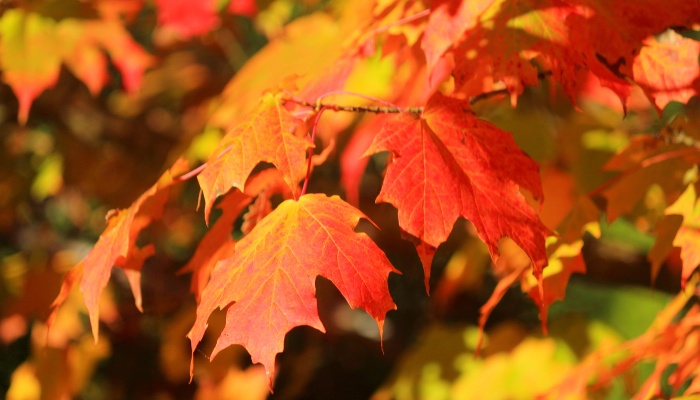
This maple tree is famous for its hardwood that is used to make furniture, but more importantly, it’s famous for its maple syrup, which contains about 2 to 3 percent more sugar than other maple trees.
Not only that, but this maple variety has a higher syrup yield on average than many other species.
A single tapping per season can yield up to 25 gallons. The life span of the tree averages 300 years, although the tree is only productive for about 100 years.
2. Black Maple (Acer nigrum)
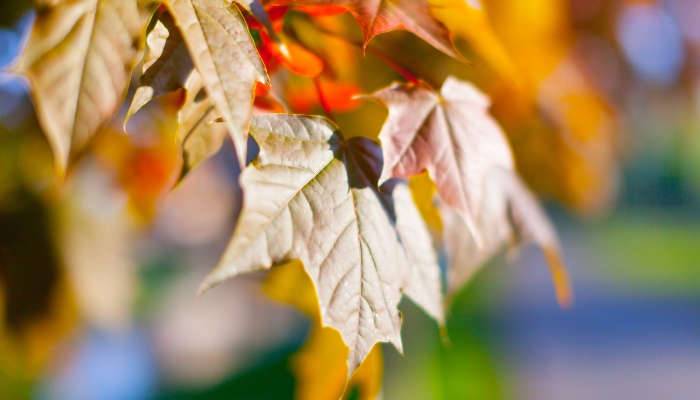
Named after its black bark, this is a subspecies of the sugar maple. The tree thrives in moist conditions and has little tolerance for dry weather.
The leaves have three lobes compared to the five-lobed leaves of sugar maples. The mature black maple reaches about 80 feet tall.
The tree produces about 25 gallons of syrup per tapping season, and the sugar content is between 1.1 and 1.5 percent. The black maple attracts wildlife, and birds make nests among its branches.
3. Red Maple (Acer rubrum)
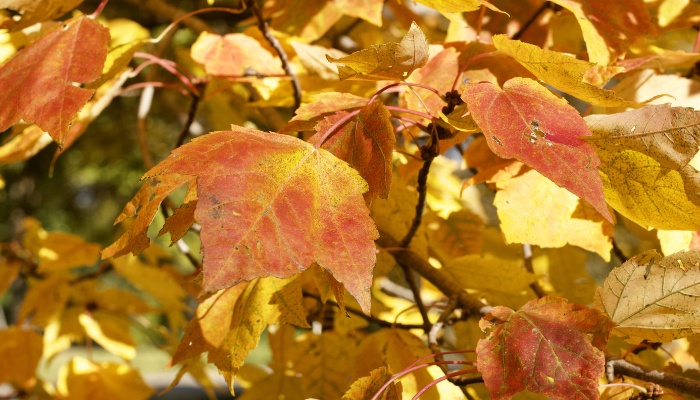
A fairly common maple throughout North America, the red maple is deciduous, and its bark has a history in traditional medicine among Native Americans.
The tree lives for about 100 years and is not the most productive for maple syrup. Since its buds emerge in the early spring, you usually have a short window for tapping the syrup.
It has thin bark, which makes it prone to infections and diseases. Other than that, the red maple is a hardy tree with a high tolerance for extreme weather conditions.
4. Silver Maple (Acer saccharinum)
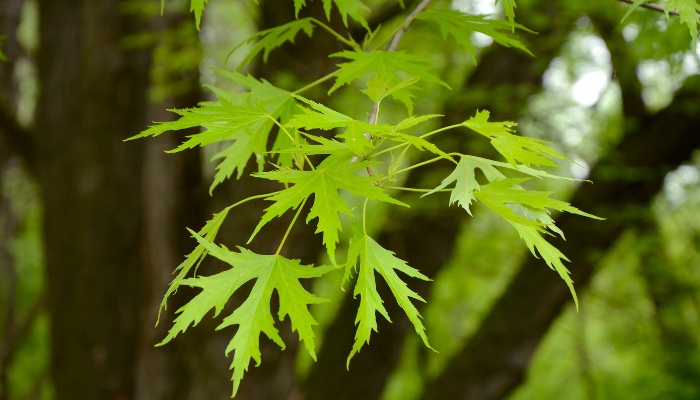
The silver maple is a fast-growing tree that thrives along the eastern coast of North America from Ontario to Florida.
In the wild, the tree grows near waterways. However, it’s hardy enough to thrive even in urban surroundings. At maturity, the tree towers over 116 feet tall, and the silver underside of the leaves gives it its name.
When it comes to syrup, it’s not the best maple to grow. Its maple syrup is thin and has less sugar content than other maples.
5. Box Elder (Acer negundo)
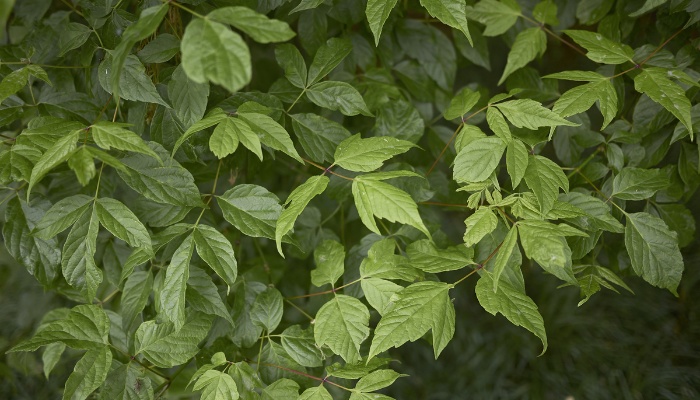
The box elder is a short-lived maple whose life span doesn’t exceed 60 years at most. At one time, these trees were growing all over the United States and Canada since they were popular shade trees.
The quality of the sap is questionable. It takes 60 gallons of sap to produce one gallon of syrup.
The sap doesn’t lack sugar, but its taste and flavors are usually of a lesser quality than other maple syrups. The box elder grows to about 80 feet.
6. Bigleaf Maple (Acer macrophyllum)
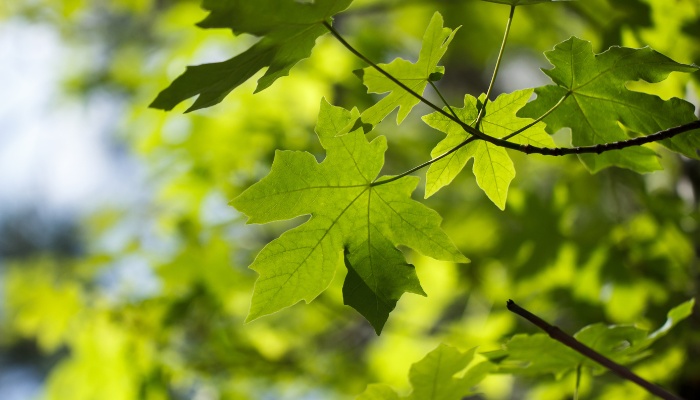
Unlike the silver maple that grows on the east coast, bigleaf maple grows on the west coast from Canada in the north to southern California in the south.
The tree is named after its large leaves that grow to about 12 inches wide. It has a similar lifespan as the sugar maple and can live up to 300 years.
Bigleaf maple is most productive in cold climates although the sap has low sugar content, and it takes 100 gallons of sap to produce one gallon of syrup.
7. Norway Maple (Acer platanoides)
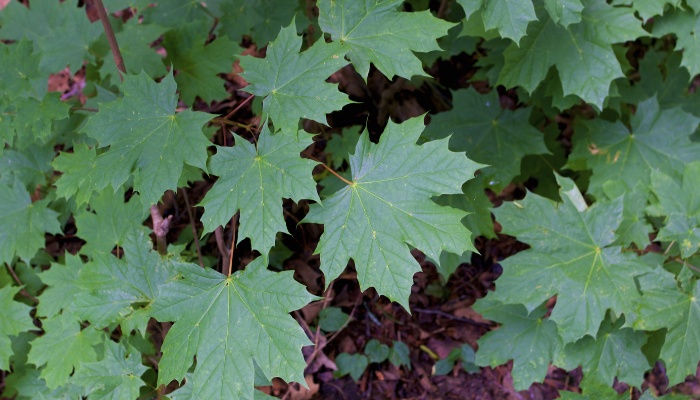
This tree is native to Norway and Sweden, but it adapted well to North American conditions since it was introduced in the 18th century.
Both the sap and syrup are similar to those produced by the sugar maple. However, the Norway maple has a higher tolerance for poor soil and pollution, making it a hardier tree than the sugar maple.
8. Sycamore Maple (Acer pseudoplatanus)
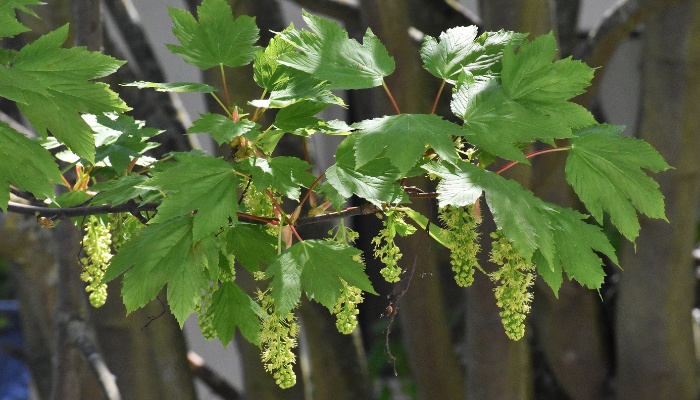
The sycamore maple is a large deciduous tree that towers over 115 feet tall. It has a domed crown and broad leaves. As the tree matures, the bark breaks and exposes the inner bark.
It has a high tolerance for adverse growing conditions including strong winds, salty air, and urban pollution.
Tapping season starts in the spring, and the tree is quite productive. The sap goes into making syrup, beer, or refreshing drinks.
9. Hornbeam Maple (Acer carpinifolium)
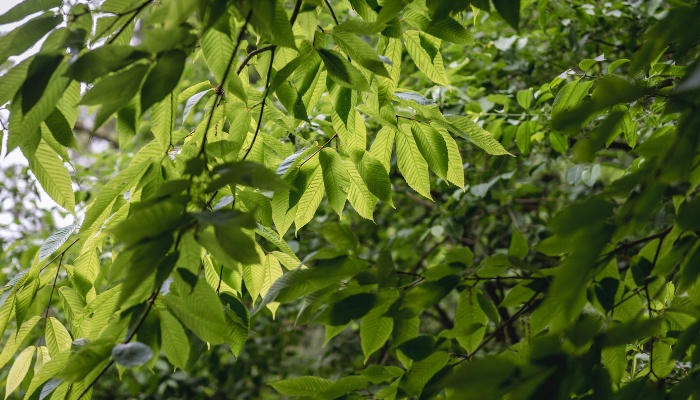
Native to Japan, this tree has a great resemblance to the American hornbeam. It’s mostly an ornamental tree with a decidedly slow growth rate.
It averages about 15 to 20 feet tall and will take about 20 years to reach that height. It has many stems, and the lush green canopy fans out and reaches the ground at times.
10. Field Maple (Acer campestre)
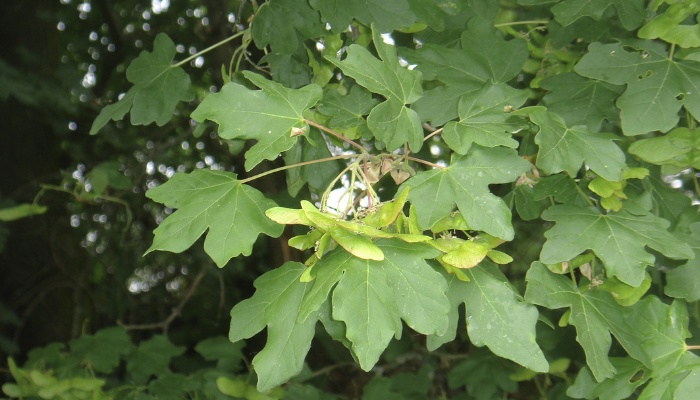
The field maple is a hardy tree with fine timber that is used to make musical instruments and furniture. Its sap has low quality, but it is often tapped by hobbyists to make syrup.
The flowers attract pollinators, and the tree itself is a magnet for birds and wildlife. The tree is the only maple native to the UK, but it grows well in North America.
11. Freeman Maple (Acer x freemanii)
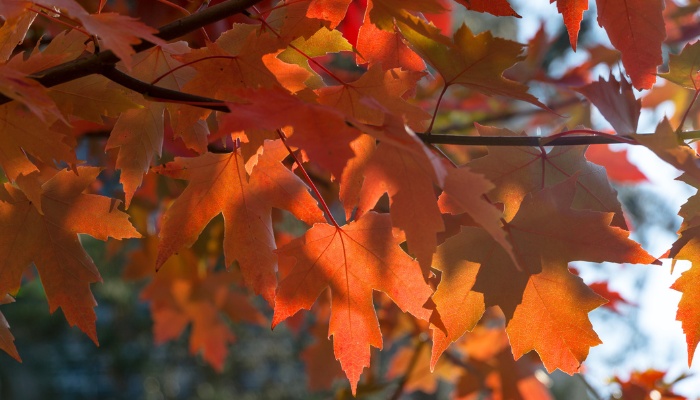
A popular hybrid often found in parks and city streets, the Freeman maple has red fall colors thanks to its parent, the red maple.
Its bark is smooth and silver-gray but tends to crack as the tree ages. The leaves are lobed and medium green on the top but silver on the underside.
12. Bigtooth Maple (Acer grandidentatum)
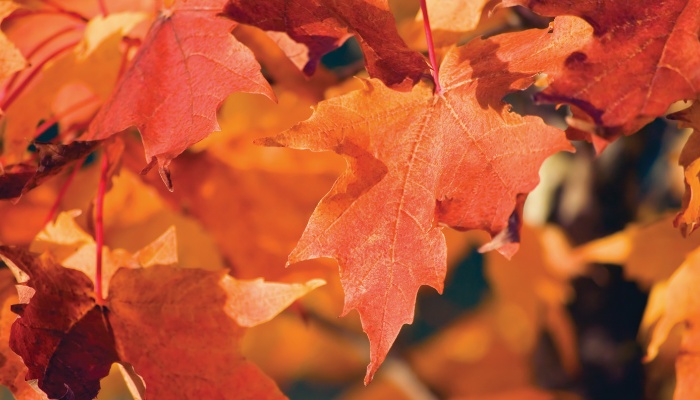
The bigtooth maple is a medium-sized tree that reaches between 33 and 49 feet tall at maturity. The bark is dark brown and develops flat ridges as the tree ages.
The flowers are yellow-green and appear in the spring. The sap is rather sweet and is used to make maple sugar.
Hobbyists tap the sap to make maple syrup, but it rarely has any commercial use as a syrup.
13. Rocky Mountain Maple (Acer glabrum)
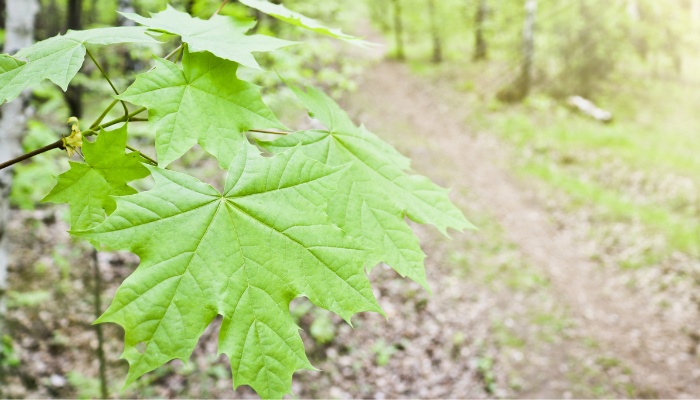
The Rocky Mountain maple is another medium-sized tree that doesn’t grow above 40 feet tall. The broad leaves are three-lobed and dark green. The flowers grow in clusters and are yellow-green.
The wood of the tree goes into making bows, snowshoe frames, and other tools. The sap was used as medicine by Native Americans.
14. Japanese Maple (Acer palmatum)
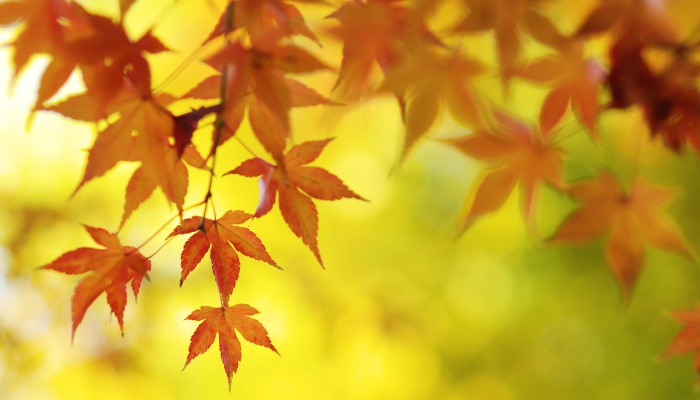
The Japanese maple is a small tree that’s more like a shrub. It averages 20 to 30 feet tall. The tree often has many trunks with a dome-like canopy. The flowers are red or purple.
When To Tap Trees for Syrup
Most maple trees have a long tapping season, but that usually depends on the weather conditions and the maple species. In general, the average maple will start producing sap between mid-February and mid-March.
Once the leaf buds emerge, the tapping season comes to a close as the tree dedicates its resources to growing its foliage.
Some maple trees could keep producing sap well into mid-April, but maples that grow buds early in the spring have a shorter tap season.
How To Tap Trees for Syrup
Once the sap starts flowing between mid-February and mid-March, that’s when you can tap the maple tree.
You’ll need a drill, a hammer, spiles, hooks, buckets, and lids. Here’s an easy and straightforward way to tap your maple tree.
- Clean the equipment you’ll use with bleach and water to sanitize them. Rinse thoroughly with running water.
- Pick a spot on the tree that is convenient for you between 3 and 3.5 feet high. Make sure you’re at least 6 inches away from a previous tap hole.
- Drill a hole in the trunk between 2 and 2.5 inches deep. Keep the hole tilted slightly upward to increase the flow of the sap.
- Check the color of the drill shavings. If they are dark brown, choose another spot to drill. If the shavings are light brown, you’re in the right spot.
- Place the hook facing outward, and insert the spile into the loop of the hook. Tap the spile into the hole gently.
- Insert the hook into the hole in the bucket, and hang the bucket under the spile to collect the sap.
- Attach the lid to the spile.
- Wait for the sap to start flowing into the bucket.
How To Boil Maple Sap Into Syrup
The difference between raw tree sap and maple syrup is in the concentration of the liquid. Maple syrup is more concentrated and viscous than the sap that flows out of the tree.
To turn sap into maple syrup, all you have to do is boil it. Since a lot of steam is generated, it’s best to do this outside the house.
Pour the sap into a large cooking vessel, and turn on the stove under it. Don’t cover the container once the sap starts boiling.
You’ll need the steam to escape to allow the sap to concentrate. Once you’ve reached the right consistency, take the container off the fire, and let it cool down.
Final Thoughts
Maple trees come in different shapes, sizes, and varieties. Some varieties like sugar maple and black maple produce better sap for making maple syrup than other varieties.
Tap your maple tree between mid-February and mid-March to collect the sap, and then boil it to turn it into maple syrup.
